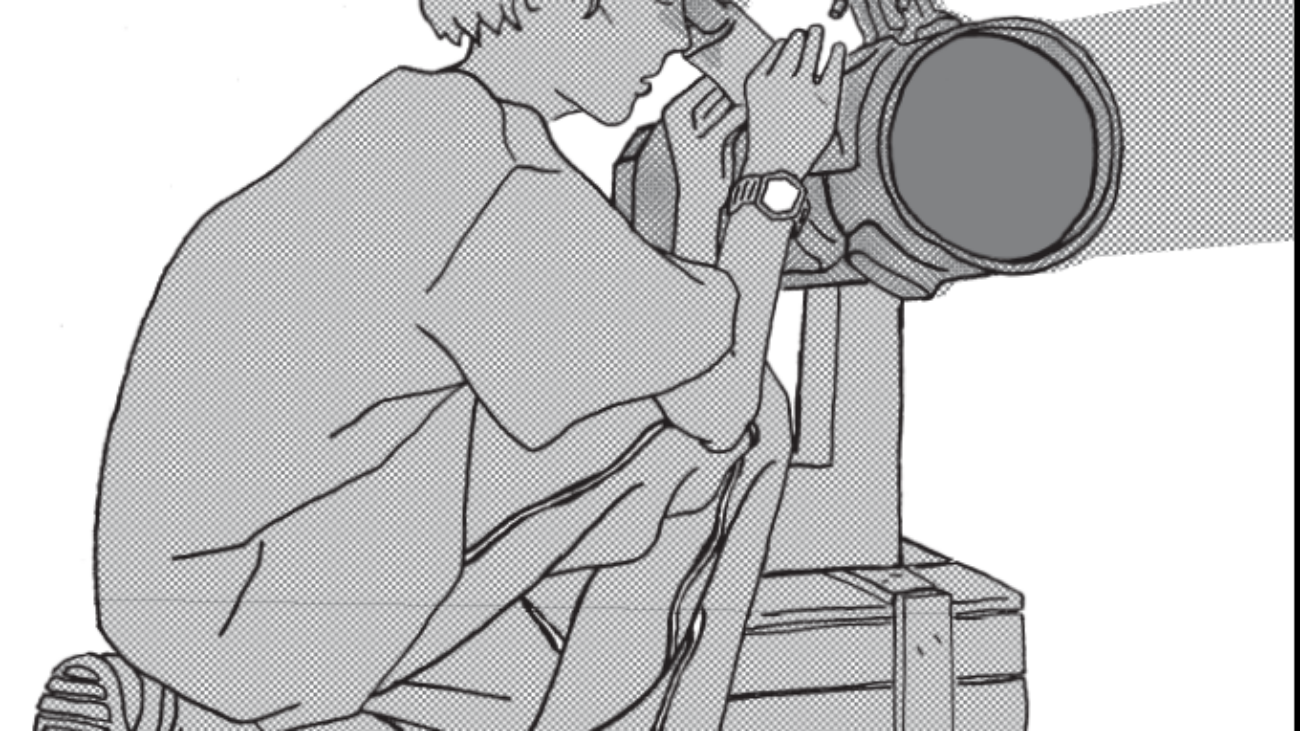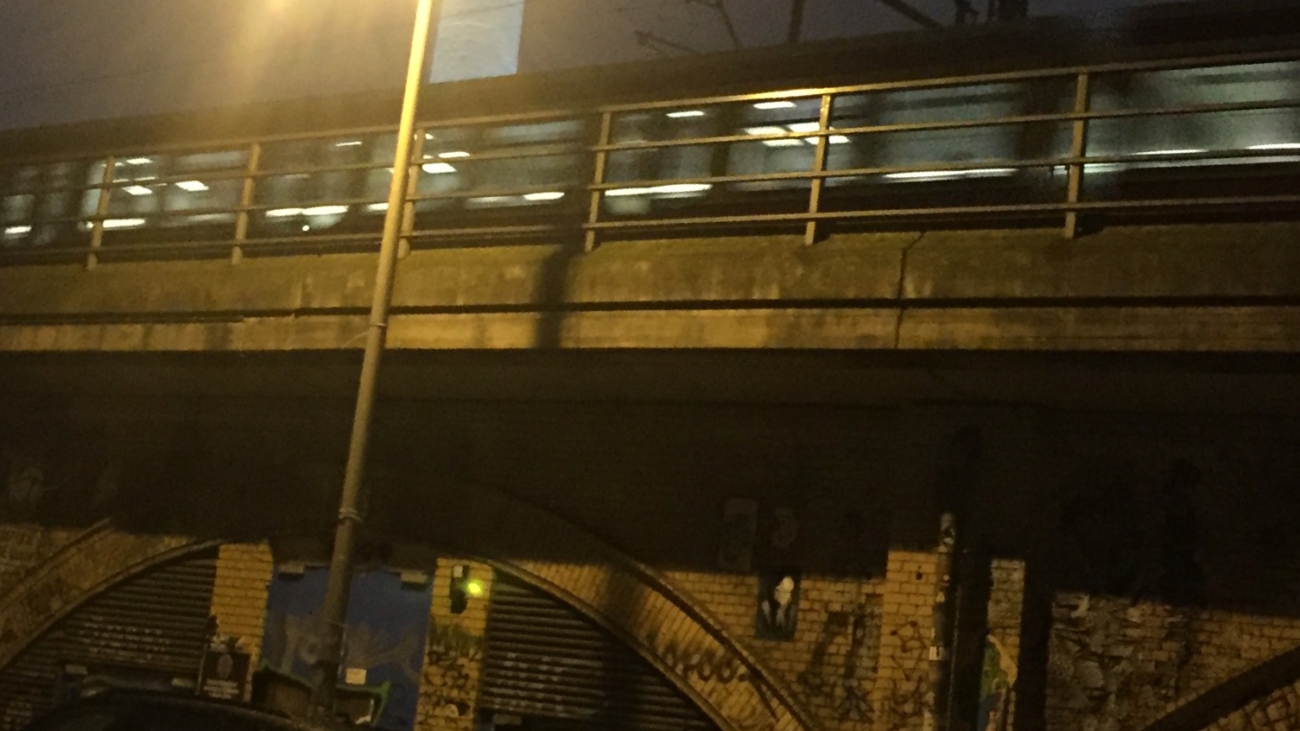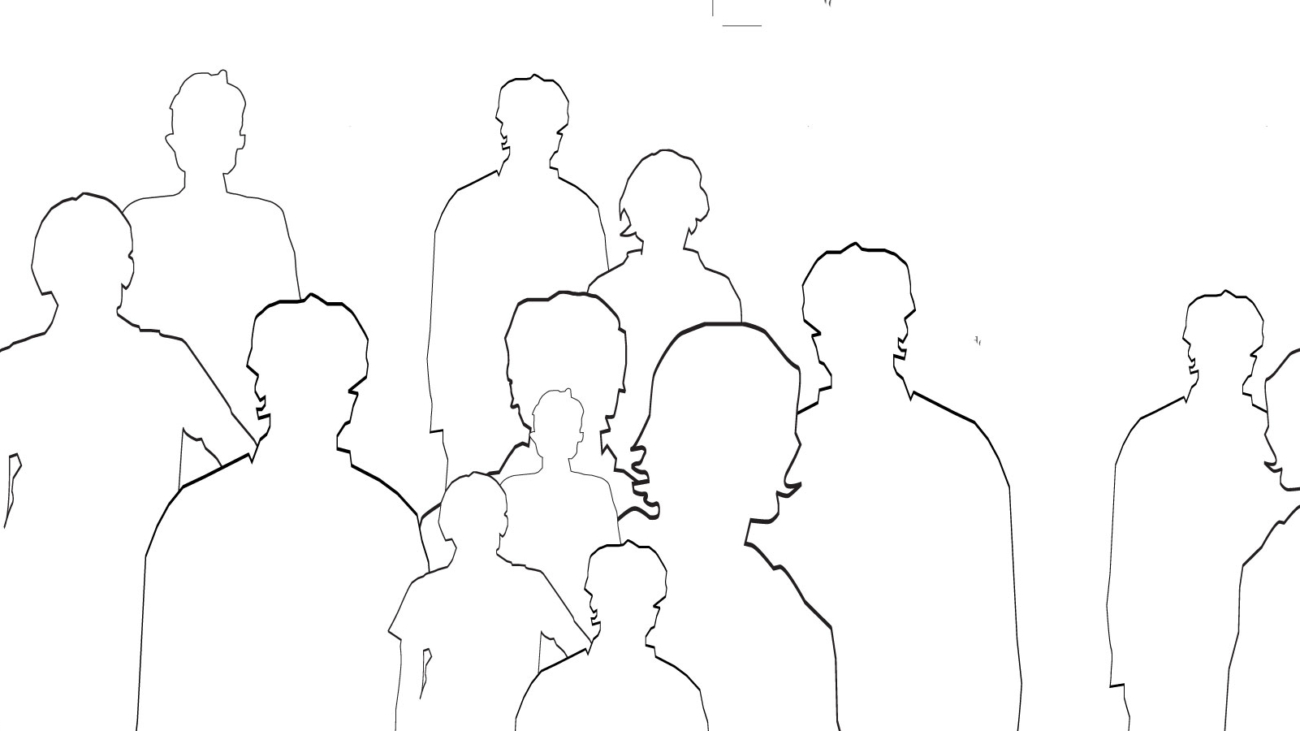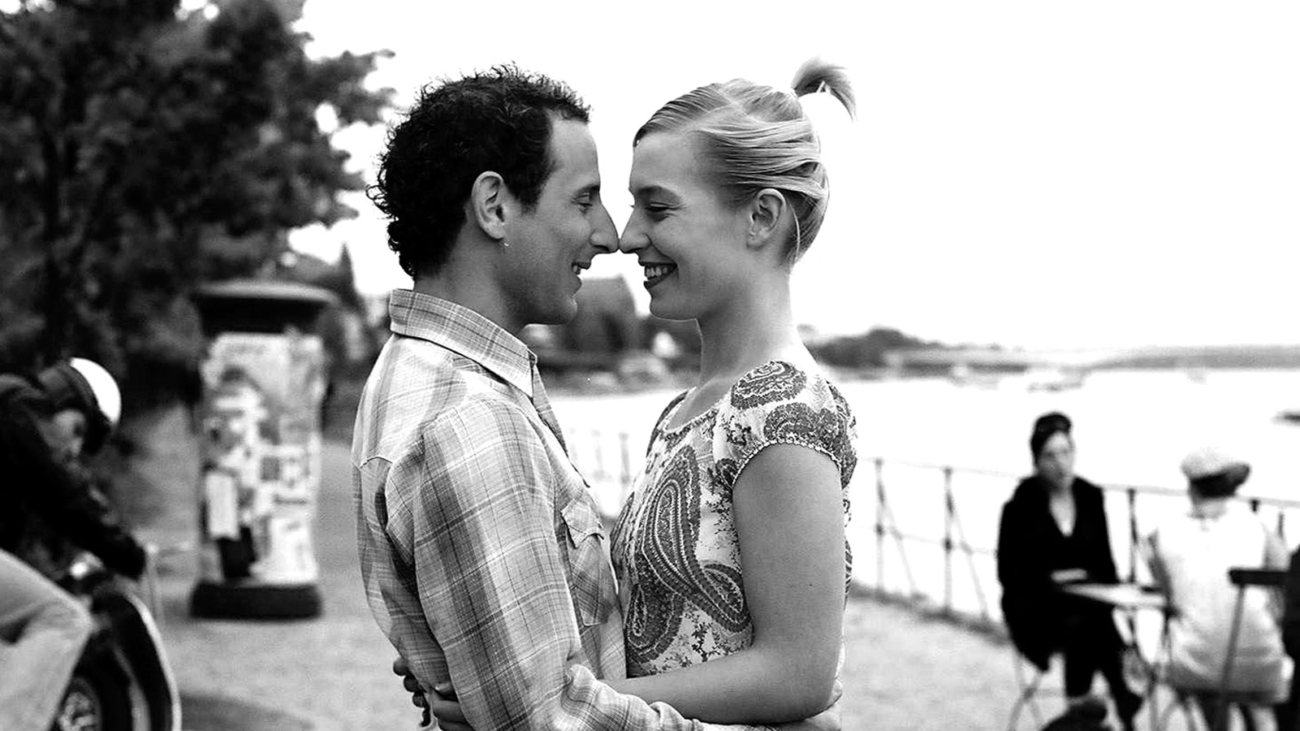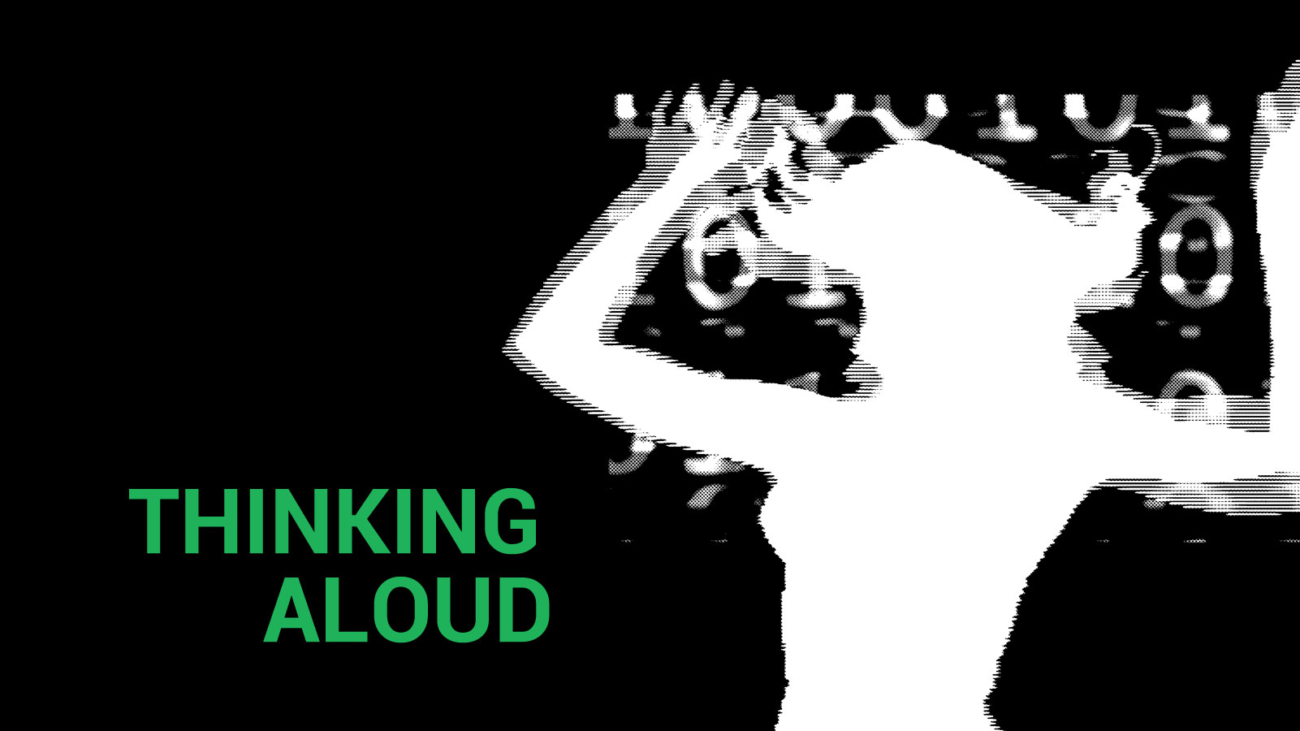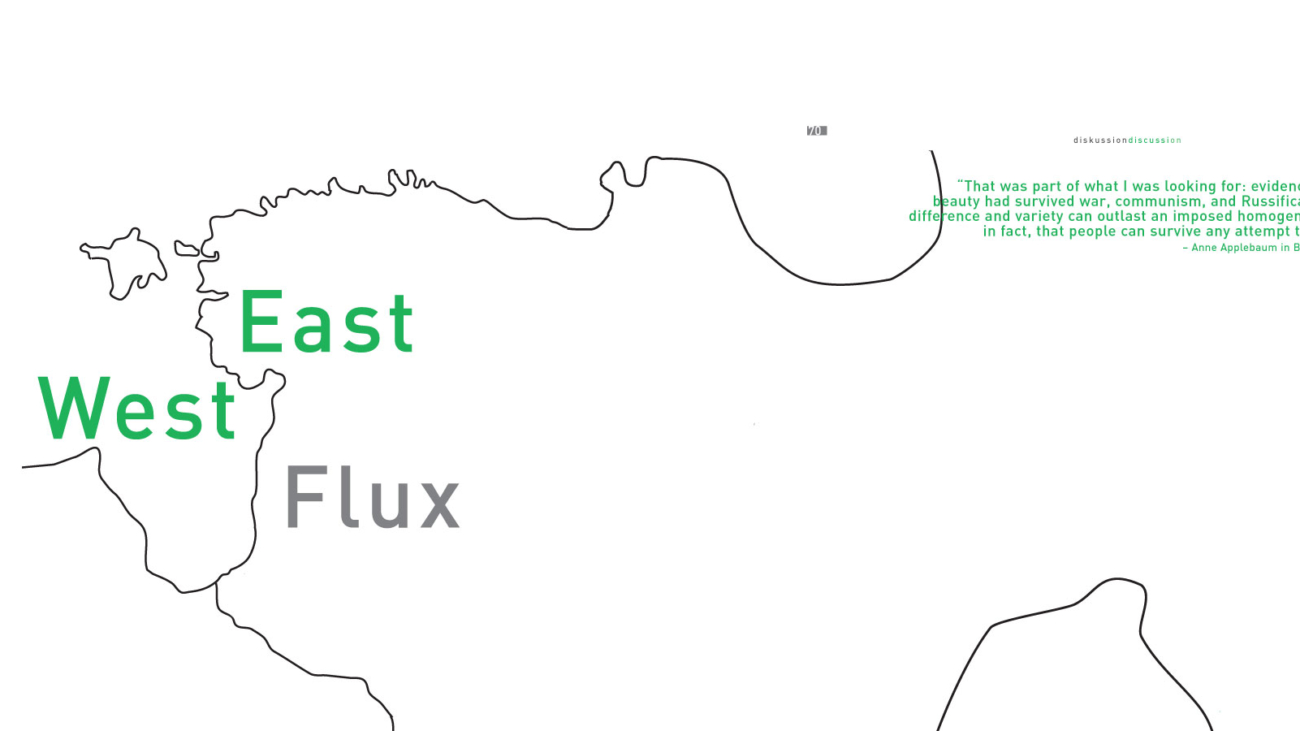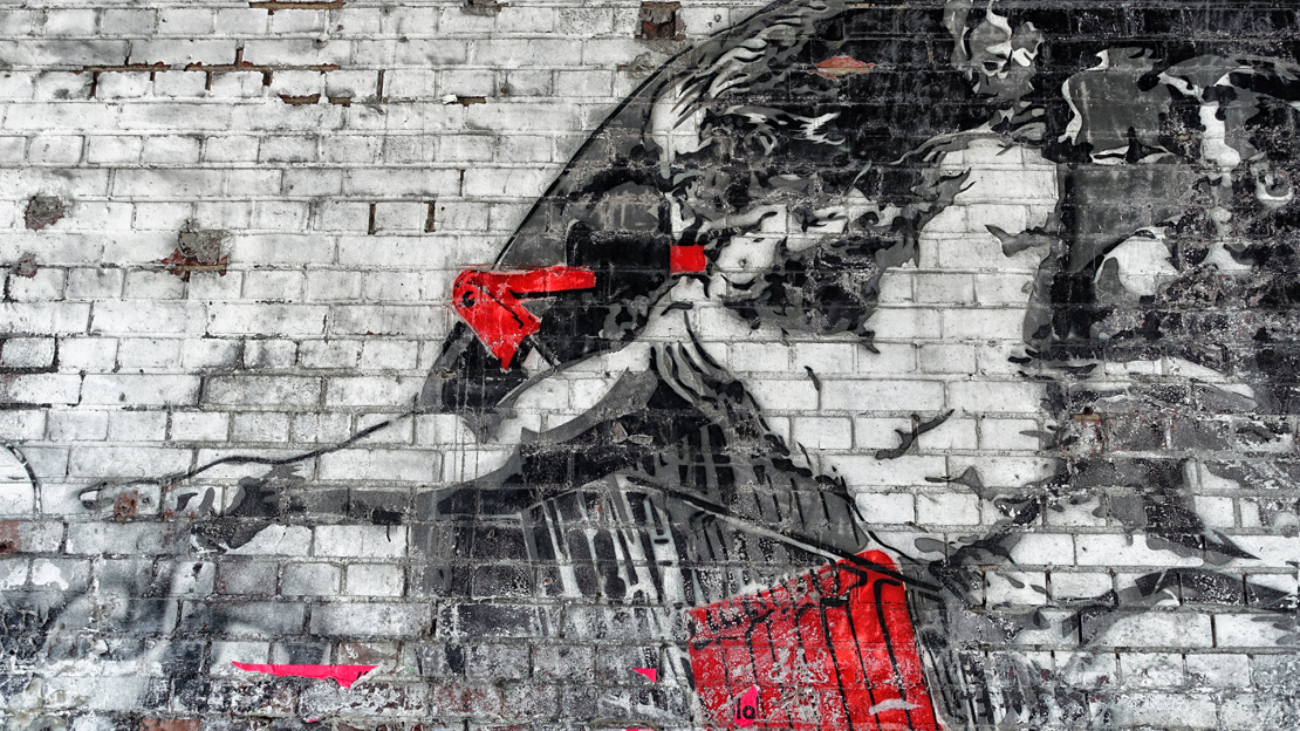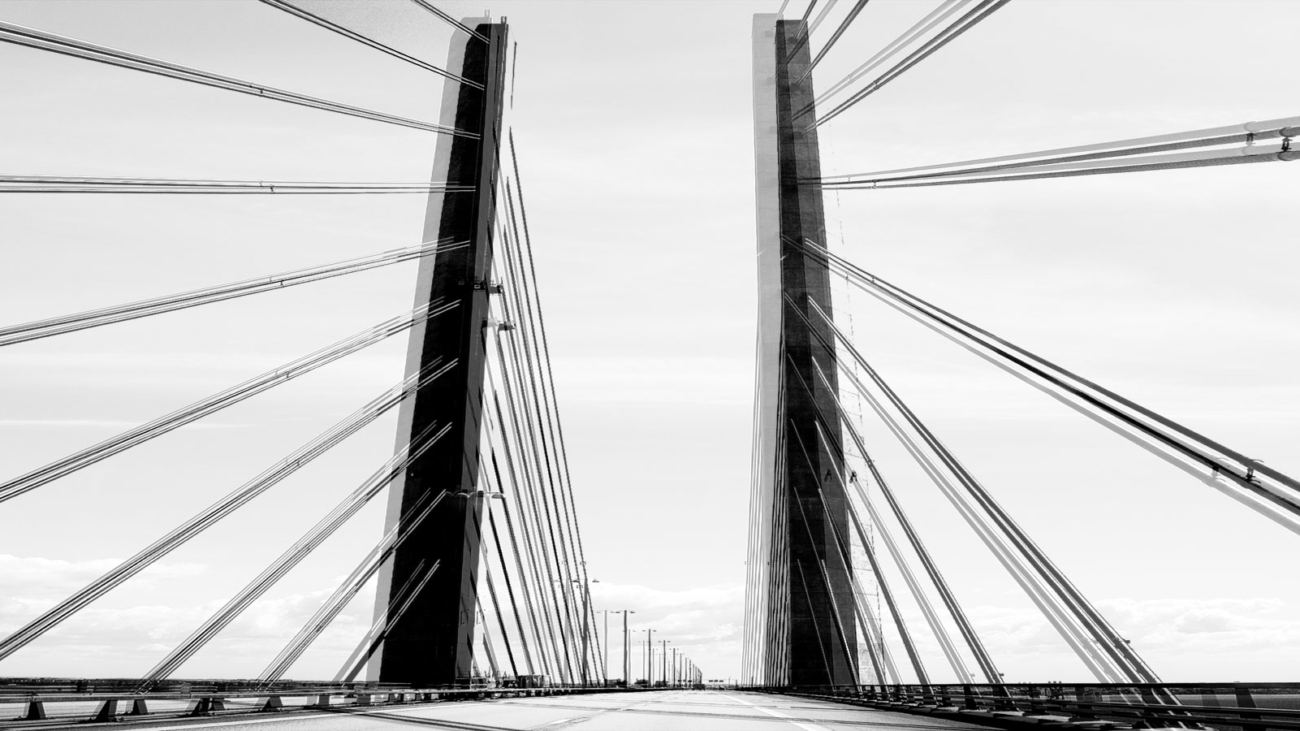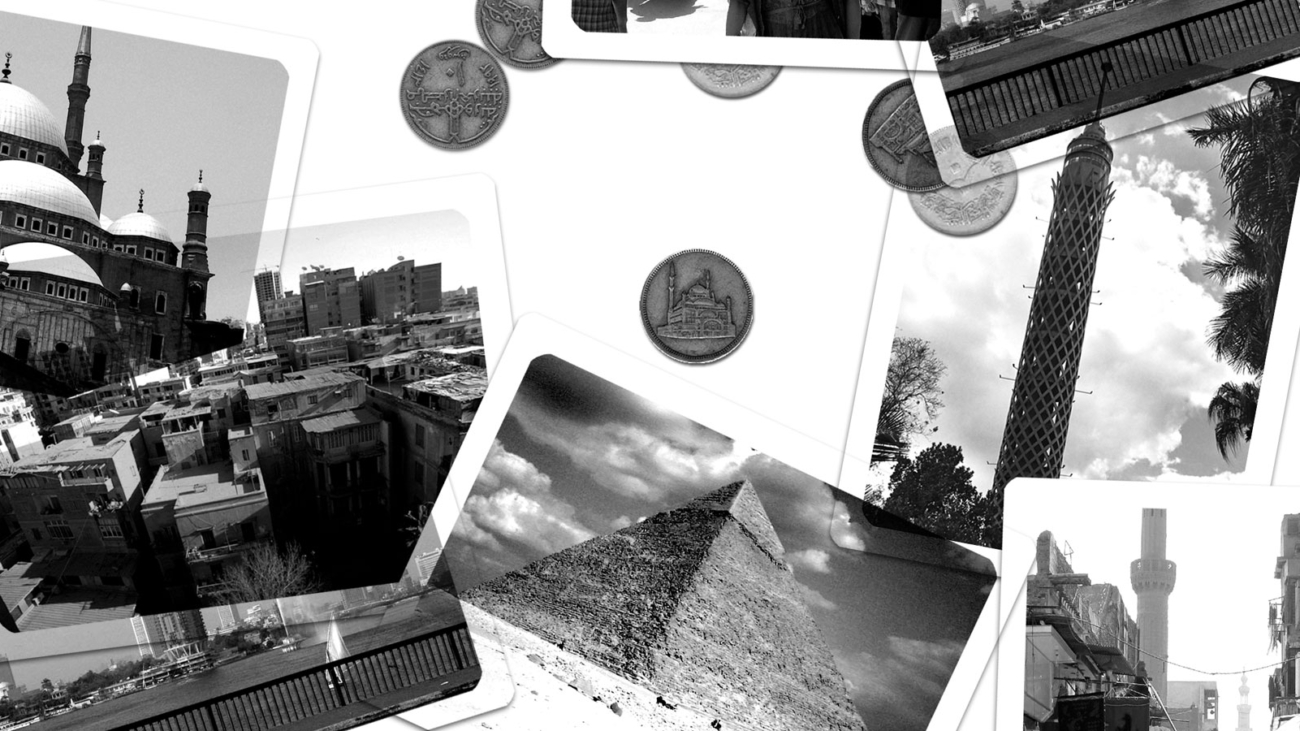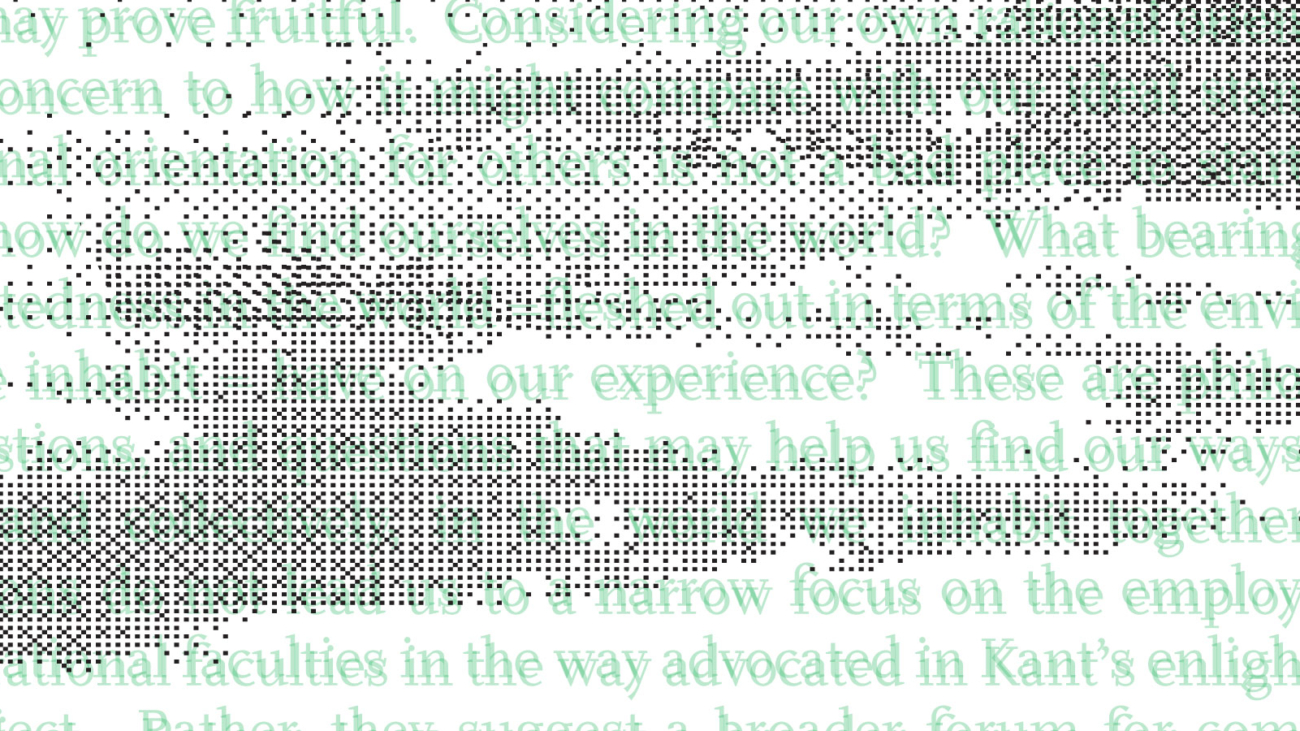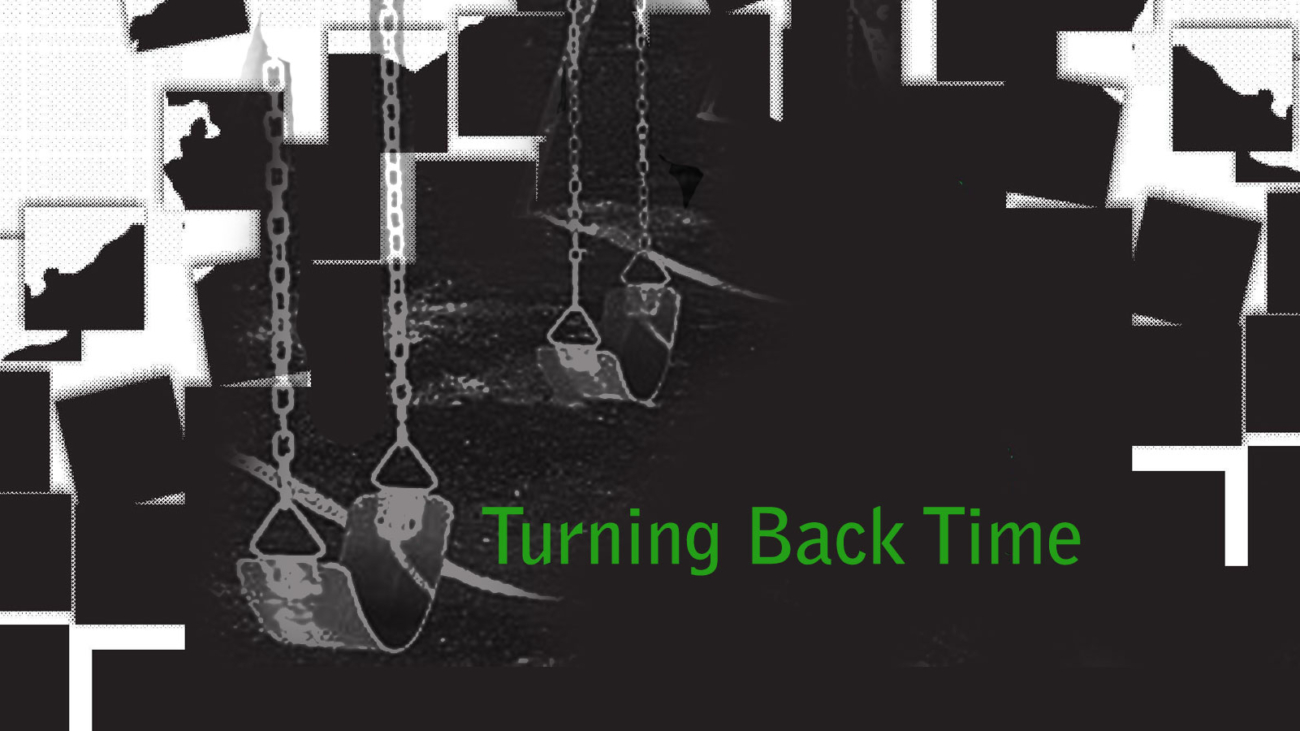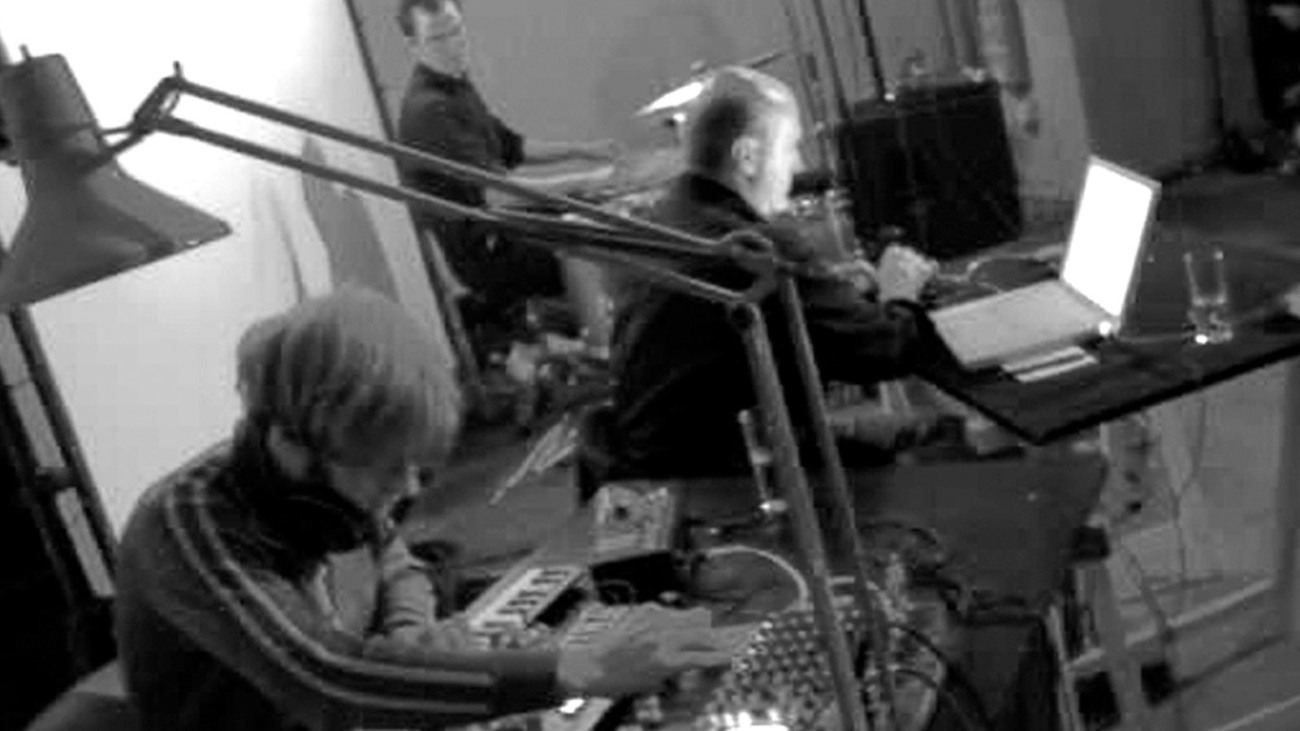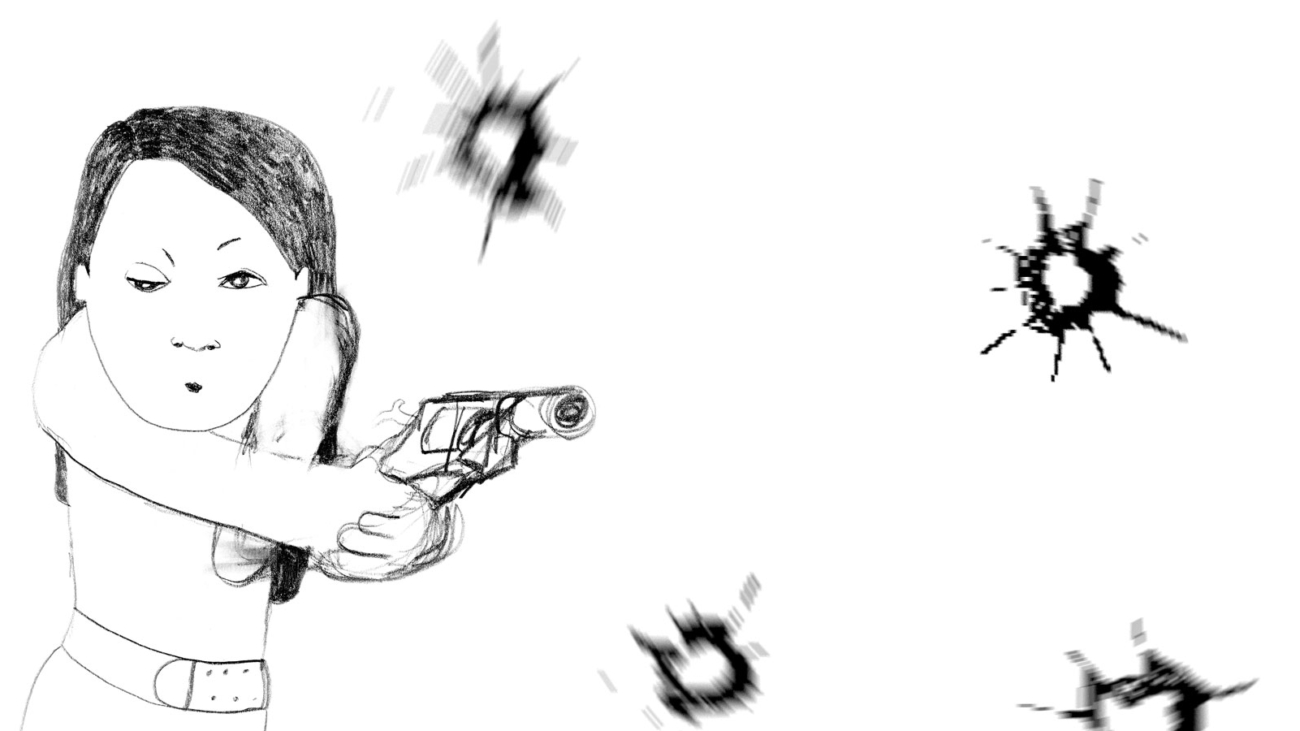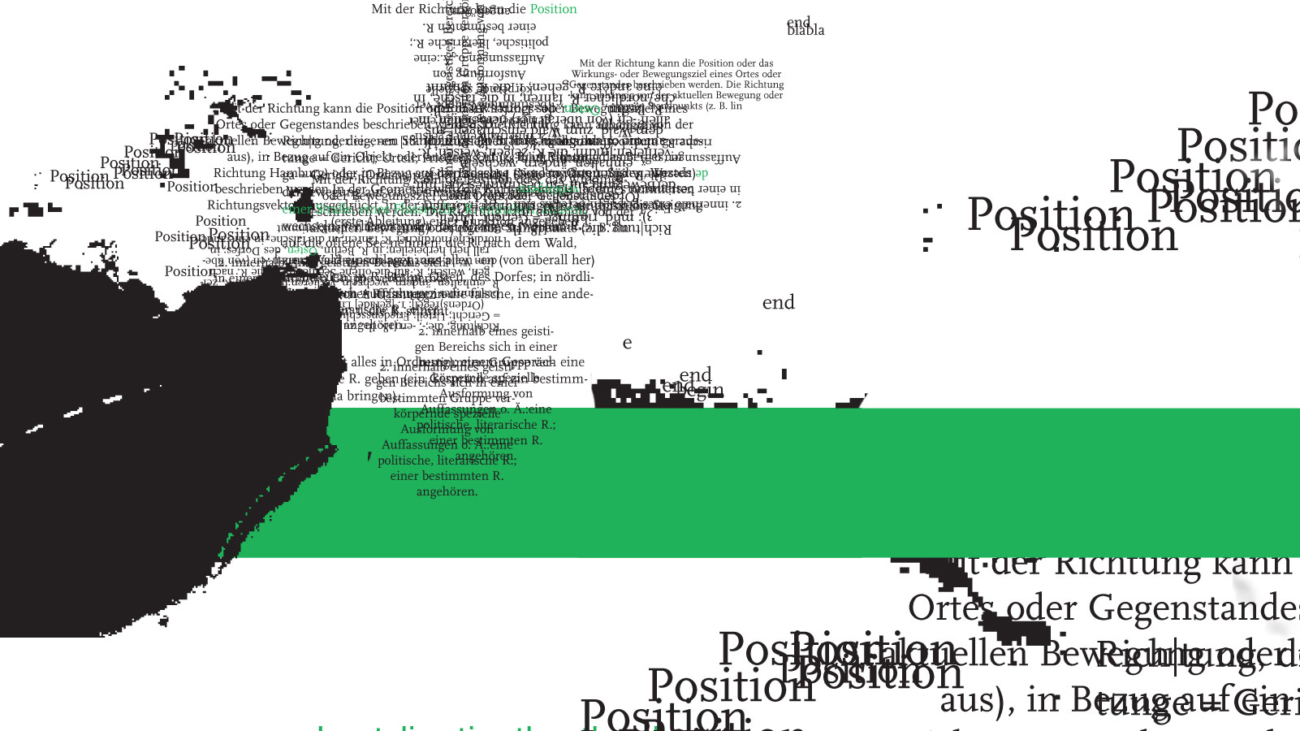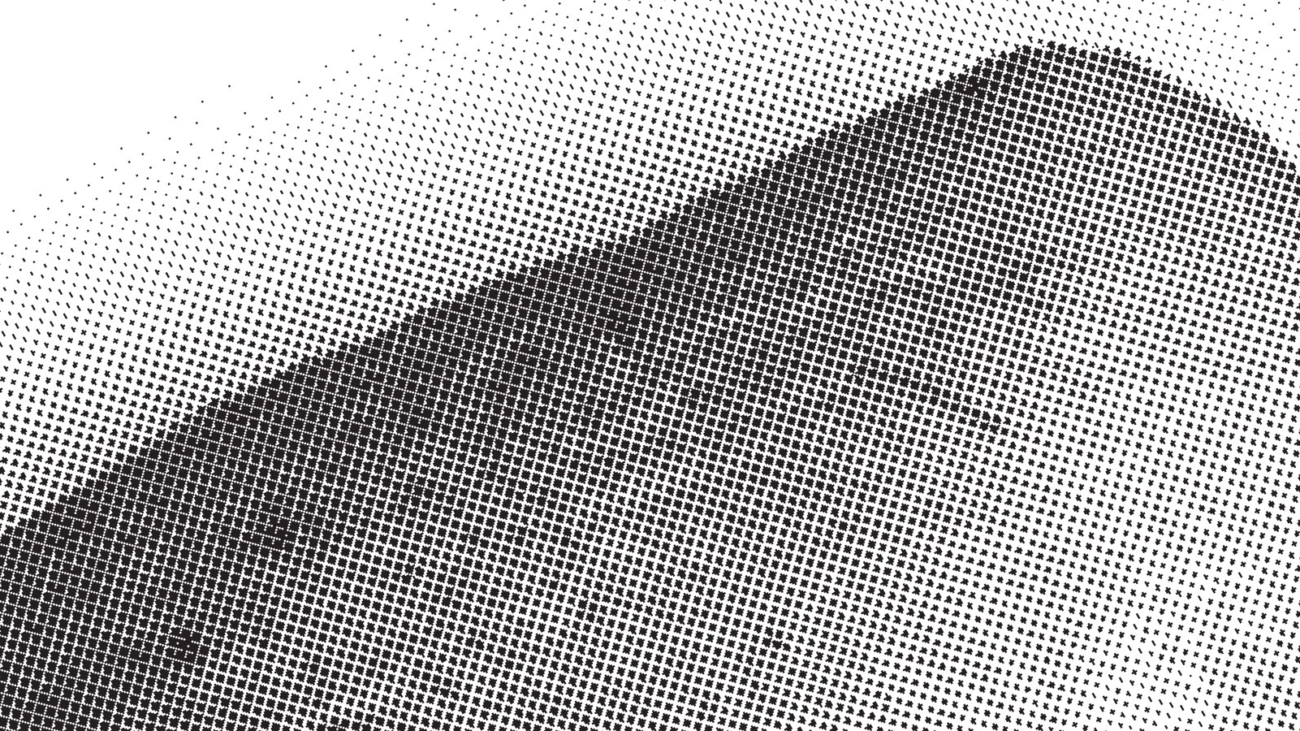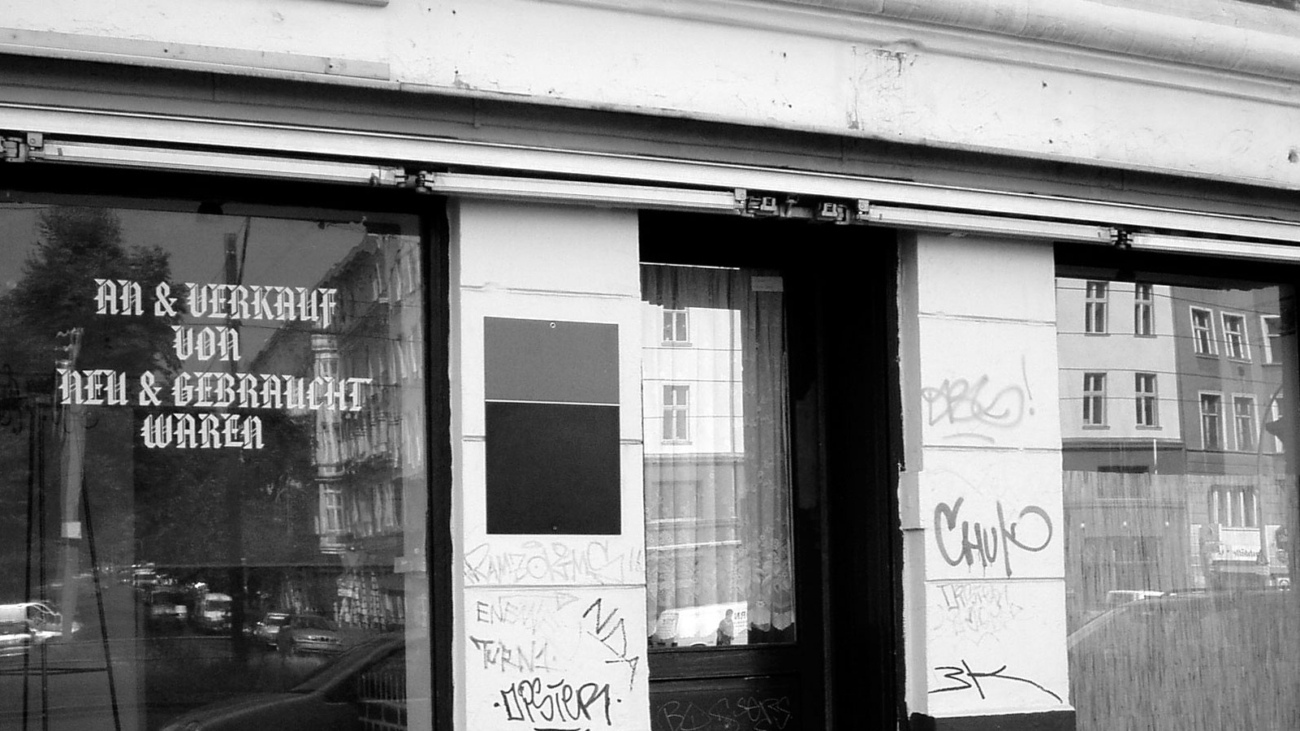Some Tentative Thoughts on Immigration
Immigration is an emotion-laden and politically contentious subject, not only here in Germany, but throughout Europe and the United States. It poses problems that even those policymakers willing to confront the issue have not satisfactorily solved. The columnist Martin Wolf is at his usual perceptive self when he observes, “Immigration is set to be among the most – if not the most – controversial topics of the 21st century.”1
The difficulty stems from the multi-faceted nature of the problem. Start with the economics. An ample supply of labor is in the interests of employers, but threatens the jobs and wage levels of many workers, particularly those with no or minimal skills. Then there is the social issue – or more properly – there are multiple social issues. In Britain some worry about the pressure of sheer numbers on their still green and pleasant land2 ; in Germany and other European countries some worry about the effect on the native culture of a large number of immigrants with different customs and values; still others worry about the pressure newcomers who have not contributed to the cost of schools, hospitals and the transport system, impose on the social services.3 Finally, we have a new fear: that radical Islamic terrorists will arrive, intent on mayhem. Let me suggest a framework within which a civil argument can be held. I do not propose to take on the harder task of offering definitive solutions to the myriad problems associated with immigration policy.
Economists have long contended that the free movement of goods and capital adds to the wealth of nations. There is no need to repeat that argument here. But even the freest of free traders never meant all goods and all capital. No one, with the possible exception of a few dyed-in-the-wool libertarians, favors the unrestrained movement of drugs, or of weapons of mass destruction. And no one quarrels with efforts to prevent the international movement of capital earned illicitly and seeking a “laundry” to make such funds clean and respectable, or capital intended to finance the operation of terrorists.That sounds like a rather simple and easy distinction, but in practice it is not. In the case of goods, we have dual-use products, capable of fertilizing fields or being turned into lethal chemical weapons, tubes that can be used in legitimate production activities or as parts in the manufacture of offensive weapons.
In the case of capital, it is often difficult to separate money intended for humanitarian and charitable uses from that headed for the coffers of terrorist organizations. The problem becomes even more difficult when it comes to the movement of people. Theoretically, the free movement of people should add to international efficiency every bit as much as does the free movement of capital and goods. But just as there are goods that no decent society would want to see freely imported, and corrupt capital that nations attempt to track down and exclude, so there are people that nations feel it in their interests to exclude. Terrorists are the most obvious example. But what if the only way that such potential threats to national security can be excluded is by identifying a class of likely perpetrators, and excluding all of its members, with regrets for the innocent kept out with the guilty? And what about people who want to join the mass migration now underway with the hope of changing the culture of the countries they intend to settle in, rather than adopting it? And what if the potential immigrants come, not in pursuit of opportunity and work, but in the hope of receiving the generous benefits of the rich countries’ welfare systems – a hand-out, rather than a hand-up?
I start with a few hard facts of life.
1. So long as there are huge disparities of income between rich and poor nations, large numbers of workers will have an incentive to move to the richer countries. It is estimated that there are between 12 million and 15 million immigrants from poor places such as Sri Lanka and sub-Saharan Africa inside the EU4. Since these disparities are likely to persist, even if slightly ameliorated by all of the anti-poverty programs that politicians now say they find so attractive, we must take them as a given in formulating policy towards immigration. Those ambitious and adventuresome workers who want to better their circumstances, and those of their children, will have an enormous incentive to pull up stakes and head for better-paying jobs, even to countries with unemployment rates as high as those in Germany.stantial incentive to seek out immigrants. When we hear that immigrants take jobs that “increasingly well-educated US workers have not been interested in”5 , or that “Germans will not do”, we should translate this into “native workers are not interested in these jobs at the current wage rates, which immigrants find attractive.”
2. So long as there are huge disparities between the wages at which potential immigrants will work, and the wages demanded by the indigenous workforce, employers will have a subsstantial incentive to seek out immigrants. When we hear that immigrants take jobs that “increasingly well-educated US workers have not been interested in”5 , or that “Germans will not do”, we should translate this into “native workers are not interested in these jobs at the current wage rates, which immigrants find attractive.”
3. So long as governments erect barriers to prevent the willing sellers and buyers of labor from coming together, there will be a substantial incentive for criminal gangs – known as coyotes in the Mexican-American people trade, and as “Snakehead gangs” in Europe – to organize the movement of workers seeking work at wages they find attractive to employers, willing to hire them. These gangs make their money by claiming a portion of the savings that employers seek, and a portion of the income increment that prompts immigrants to move from their home countries. The UK Government estimates that the people-traffickers move some 30 million people annually across international borders in a trade worth between $12 billion and $30 billion. This trade is susceptible to policy adaptation of two sorts: construct a legal system that permits a systematic crackdown on the gangs and on the illegal activities in which some immigrants engage, or, alternatively, allow the free and open immigration that would eliminate the source of the people-traffickers’ profits. (Libertarians would argue that legalization of these now illegal occupations, such as prostitution, would eliminate that problem as well.)
4. So long as there are huge disparities between the welfare and other benefits programs on offer in rich as compared to poor countries, the richer countries will serve as magnets for those who seek an improvement in their economic circumstance without working to achieve that objective. Again, policies are available to cope with this problem. The differential in available benefits can, for example, be eliminated if the potential host countries would deny benefits to new immigrants, a step that would involve a willingness to take on those who argue that human rights include the right to housing, medical care, food and other necessities (not to mention cell phones
and satellite television), whether or not the recipient has contributed in the past to the funding of those benefits, or is willing to work in the future to contribute to their funding. But policymakers who include the denial of welfare benefits as an option available to them must realize that they are depending on teachers to turn away
little children and doctors to refuse to treat sick immigrants – not the most reliable enforcement force.
5. It is possible for sovereign states to control their borders. This might require the commitment of substantial resources and involve measures that many policymakers find unattractive, but they cannot reasonably argue that they cannot control their borders – after all, since Australia’s Prime Minister John Howard made it clear that sea-borne immigration would not be permitted, there have been no unauthorized boat arrivals in Australia’s migration zone, according to Australian sources. If illegal immigrants were turned back at airports and ports – and if the exporting country refused to accept them, they were shipped to a remote, unpleasant but non-deadly internment location – the flow would certainly be diminished. True, some would always arrive by clandestine means, but this would be a minor problem compared with the current situation in which being detained means a relatively comfortable existence, and for the host nation, the cost of providing access to myriad benefits. So, rigorous control of borders is an option available to policymaker – if you doubt that, think of the success of the former Soviet Union in sealing off the border between East and West Berlin.
6. It is impossible to separate “bogus” from legitimate “asylum seekers” – and I say this with great reluctance, coming from a Jewish family. This inability to distinguish between the two stems from the difference between the situation in the 1930s, when Germany made quite clear its intent to exterminate the Jews, and the situation today, in which even genocidal governments routinely deny such an intent. Authorities simply have no way of checking individual tales of persecution, especially when related by a person with an incentive to embroider the truth, and who has destroyed his papers.
Besides, the definition of persecution is not always clear cut. Must the asylum seekers‘ life be threatened? Or her genitals threatened with mutilation? Or should he be granted asylum merely if his ability to earn a living is circumscribed in his home country for reasons of race, religion or what is now called “sexual orientation”? Those who generally oppose immigration contend that asylum status should be reserved for those threatened with, say, ethnic cleansing, and should be denied to those merely suffering economic persecution. Sounds sensible, until one remembers the early days of Germany’s assault on its Jewish population, when a progressive tightening of the economic noose was taken by many Jews as a warning to get out, but who found no nation willing to accept them, leaving them to become victims of the Final Solution.
So confusion reigns: the American government has the bizarre policy of returning to Fidel Castro’s tender mercies those Cubans unlucky enough to be caught by our Coast Guard while still in their rafts and boats, but offering sanctuary to those who make it to our beaches; women’s groups argue that asylum should be granted to females threatened with genital mutilation or forced marriages in their native country; European governments act as they are helpless
even to deport those whose asylum claims are found to be bogus, which of course is true, given the international obligations and restrictions it has chosen to accept.
The stakes are real: unless immigration policy can be made coherent, popular dissatisfaction with current policy will harden into opposition to all immigration. That would be disastrous for the countries now exporting workers, for those nations increasingly reliant on an intake of younger workers to offset demographic trends that threaten the viability of their welfare states and for the individuals who genuinely want to contribute to their adopted countries by working hard and assimilating into the cultures of their new homelands. Here are the policy choices.
Choice number one* would be an open-door, humanitarian policy. But such a policy is not without difficulties. When then- President Jimmy Carter urged China’s Vice Premier Deng Xiaoping, Deng to respect human rights, among them the right of the Chinese regime’s subjects to emigrate, Deng responded, „Well, Mr. President, how many Chinese nationals do you want? Ten million? Twenty million? Thirty million?“ Had Carter picked a number – which he wisely did not – Deng might then have asked him which of the millions of Chinese he would like to welcome to American citizenship. So much for the wide open door, which in any event is unacceptable to those with legitimate concerns about over-crowding, increased burdens on the social services, and dangers to the existing culture.
Choice number two is a slammed-door policy. This would be wirtbased on the notions that immigrants represent a net drain on a nation’s resources, and that a nation cannot allow any significant immigration without diluting its values, customs and mores, and becoming a multicultural hodge-podge of groups with such varied approaches to life and public policy as to become ungovernable. This “slammed-door” policy has its advocates in all countries, from historically liberal America and Great Britain to historically, well, less liberal Austria and France.
Choice number three might be called one that is based on economic self-interest. Such a policy would be designed to admit only, or primarily, those immigrants likely to maximize the wealth of the native population. In earlier times, it was possible to argue that this goal of enriching the host nation was served by an open-door policy, one that also served humanitarian purposes. After all, the tempest-tossed immigrants who were seeking better lives were willing to work hard at menial tasks, and did not seek aid from the state, relying instead on their own efforts and a bit of help from voluntary agencies and their families. They and their offspring were destined in the end to enrich the nation that received them. So a nation could benefit economically from its humanitarianism.
But then came the welfare state, creating the possibility that the immigrant might be seeking a hand-out rather than a handup. The emergence of the welfare state in industrialized countries made it impossible to continue to argue that a nation could do well by doing good – that by adopting a relatively open immigration policy for humanitarian purposes it also served its economic interests by attracting only a valuable stream of eager new workers. So closing the doors to all who might be a burden on the state came to be regarded by pragmatists as the unambiguously correct policy.
But it is arguably no easier to distinguish immigrants who might add to national wealth from those who will be a drain on it, than it is to distinguish legitimate from bogus asylum seekers. For one thing, nations with declining populations need younger workers – workers whose prospective contributions to society over their working lives it is difficult to estimate at the time they seek to immigrate – to carry the burden of the welfare benefits that have been promised to retirees.
Indeed, even an informal policy of turning a blind eye towards poor, illegal immigrants, which as a policy has a certain appeal to those who think that immigration policy should be based on humanitarian considerations, has clear economic advantages. In America, for example, there is no question that without the some five or six or seven or eight million illegal immigrants estimated to be in the labor market (all told, there are over 34 million immigrants, legal and illegal, living in the United States ), upward pressure on wages and hence on inflation would be greater, interest rates would have to be higher and economic growth slower. At some times of the year, three out of four agricultural workers are illegal immigrants.
Britain is another case in point. It doesn’t take a very keen observer of the social and economic scene to notice that London’s hotels would be hard hit were unskilled immigrants not present to make the beds and empty the trash cans, that many construction projects would screech to a halt if every Eastern European laborer were deported, and bus operations in Bath and Bristol might be curtailed if Poles were prohibited from becoming drivers. Less visibly, many employers, in the UK, the US, and Germany, among other nations, have come to rely on immigrants to fill skilled jobs such as nurses, doctors and IT professionals. America’s Silicon Valley has among “the world’s most ethnically diverse” workforces, with immigrants constituting some one-quarter of all workers; and “foreign-born scientists and engineers are increasingly visible as entrepreneurs and senior management.”
This is not the place to discuss just how a policy of economic selfinterest might be implemented. But the current popularity in the UK of the point system that Canada, Australia and other countries have adopted makes that approach worthy of comment. Britain now proposes to follow the lead of both of those countries by assigning points for educational and skill attainments, a process that seems on first reading to have much to recommend it: in Australia the process quite sensibly assigns 50% more points to a chef than to a “real estate salesperson”, but oddly assigns the same number of points to a “grief counselor” as to the clearly more valuable category, “economist”!
I mention this not to make the obvious point that economists are among the most desirable immigrants, but instead to point out a serious flaw in the point system: it substitutes bureaucrats’ judgments for that of the labor market. The system assumes that civil servants will know just what mix of workers would be most valuable to the receiving-nation’s economy. So the system would tend to admit workers just like the bureaucrats – information technology specialists, “finance experts” – but be less generous to immigrants who might arrive seeking work in the hospitality industries. Such a system has the potential to automatically exclude those adventuresome enough and willing to work in low-paid jobs that are unattractive to the millions collecting disability benefits.
The point system, by granting points for language skills and education, also has a bias against those wanting to assimilate but who have not had the opportunity to learn a second language in their countries of origin. Let me at this point declare more than a little self-interest: such a rule would have prevented my father from entering America from Poland. More important, such a rule would, for example, bar Mexicans seeking to work in America and to assimilate, to sign on to the “American Dream”, while admitting well-educated Saudis with a quite different dream, seeking to fly airplanes into the World Trade Center.
It seems to me that a better system would rely on the market to determine which sorts of workers are needed – I will explain how that can be done in a moment – and insist on the attainment of language skills and other tools of assimilation as a requirement for permanent permission to remain. And certainly as a prerequisite to granting citizenship. Unfortunately, the inability of a point system to incorporate market- determined labor requirements, or to accommodate hard-working but less fluent immigrants is not the only reason it cannot identify those immigrants who might add to the wealth of the receiving nation. Even if the process of assigning points to language and job skills were precise, which it is not, questions concerning the extent to which the family of the immigrant will draw on the social services, and the net contribution his children will make to the nation’s wealth remain. It is indeed possible to estimate the costs and benefits of all of these variables, and such efforts can inform policy, at least on a broad level. But such cost-benefit studies, used to assign “points”, might easily ignore the hard economic fact that a nation might be woefully short of people whose work and language skills are minimal, but who are willing to empty bedpans in hospitals or dig foundations for new homes and factories.
How then to accommodate the economic goal of the most efficient allocation of the world’s workforce, while at the same time meeting the legitimate social concerns that weigh so heavily on so many in the receiving countries? I have ten suggestions worthy of consideration – I say “suggestions worthy of consideration”, rather than “commandments”, not to distinguish myself from Moses, but out of a genuine sense of uncertainty.
First, end the attempt to separate bogus from legitimate asylum seekers. There are two reasons for doing this: humanitarian considerations suggest that a person fleeing genital mutilation or a forced marriage or abject poverty is every bit in need of “asylum” as is someone whose life is threatened10; and officials in the destination country have no way of separating fact from fiction, a fabricated tale of persecution from a genuine one. It can’t be done. People seeking entry should be tested against the remaining nine criteria.
Second, take every step possible, including rapid deportation to the home country or some remote location, to discourage illegal immigration, or criminal behavior by legal immigrants. If this pains human rights lawyers, or requires withdrawal from the 1951 UN Convention on Refugees, as Michael Howard has suggested, so be it. Such a policy of rapid deportation quickly becomes known to potential illegal immigrants. This is no panacea, and not nearly as effective as barring entry in the first place, since even countries such as France, less concerned with legal niceties than Britain, have had difficulty in deporting even those foreigners it has arrested. But a government that really means business can make deportation an effective tool.
Third, deny welfare benefits to immigrants so as to discourage the lazy and the incompetent from seeking entry, and reduce some of the opposition to immigration by those who bear the cost of immigrants unwilling or unable to work. Such a policy cannot be applied with complete success, since it relies on people whose lives are devoted to caring for or educating others to turn away the ineligible. But we can’t let the perfect be the enemy of the good.
Fourth, separate the issues of crime and immigration. New York City has witnessed a huge increase in immigration, coincident with a large decline in crime. A crime is a crime whether committed by a native-born thug or one newly arrived in the country. A government serious about being tough on crime will be tough on the causers of crime, whoever they may be. Bogus charges of “racism” cannot be allowed to become a bar to law enforcement.
Fifth, develop criteria that do as good a job as is possible to identify those immigrants who are likely to make a net addition to the wealth of the nation. I have already laid out my doubts about the point systems, since they are nothing more than attempts by government bureaucrats to guess at what the labor market is demanding. We should consider the possibility that the value an immigrant might add to national wealth might more accurately be discovered by relying on a market-driven system of bidding for immigration visas. Such a bidding system will prove more efficient in identifying those who will make a net contribution to their new country than will even the most refined point system, and it need not disadvantage potential immigrants who have no money, since employers would be willing to put up the funds necessary to bid for a permit.
Sixth, meet the objections of the vast middle class, and the threatened residents of poorer neighborhoods, by abandoning multiculturalism and insisting on assimilation. Respect for ethnic origins and traditions must not be allowed to destroy the cultures of the countries that receive immigrants fleeing from less attractive places. The tendency of immigrants to concentrate geographically in what Harvard professor George Borjas calls “barrios, ghettos, and enclaves”, and to adhere to many of the customs and mannerisms of their country of origin, frighten the native population into believing that theirs is becoming a strange and alien land. Social and legal pressures to require assimilation and, eventually, citizenship, might – just might – ease these fears.
The danger of not doing so has been clearly demonstrated in the Netherlands, where militant Muslims have used murder as a means of protesting the dominant, permissive Dutch culture. It is simply unacceptable to have to cancel a film showing or allow an artist to be forced into hiding because immigrants object to their work. This is why the government of the Netherlands is proposing that immigrants “face an exam testing detailed knowledge of everything from Dutch language and history to its laws on topless bathing before taking up residence…”. My own preference would be to apply this requirement as a condition of permanent residence, rather than entry.
Seventh, insist that the language of the host country is essential to citizenship . But, again, I would be inclined to make the attainment of this language skill a condition of granting permanent residence or citizenship, rather than a condition of entry.
Eighth, since immigration creates winners – purchasers of labor – and losers – sellers of labor and residents of poorer neighborhoods, develop methods of transferring some of the gains of winners to the losers. Remember: when proponents of freer immigration say that the increased availability of labor holds down wage inflation, they are also saying that it depresses wages – by how much, if at all, we do not really know and will not until we have good studies of the elasticity of the supply of native labor.
Ninth, recognize that in this new era in which we are waging a war on terror, national security interests take precedence over most others. We might consider designating certain countries and groups as too likely to threaten our security to warrant admission without much heightened scrutiny – a form of “profiling” that has the twin virtues of barring the dangerous and expediting the admission of those whose origins suggest they are least likely to do the admitting country harm.
Tenth, adopt something between the open door and the slammed door – perhaps the ajar door – so that in the case of true humanitarian disasters such as the Holocaust, policy-makers can make exceptions to rules one-through-nine, above. And I might add, grant any persons so admitted an opportunity to work, rather than languish in some detainment camp.
If all of this seems excessively complicated, you might want to retreat to the summary of immigration-policy objectives offered by the late Texas congresswoman, Barbara Jordan, “People who should get in, get in; people who should not enter are kept out; and people who are deportable should be required to leave.”
I conclude with a disclaimer: these ideas are subject to immediate and substantial change in the face of superior arguments.

